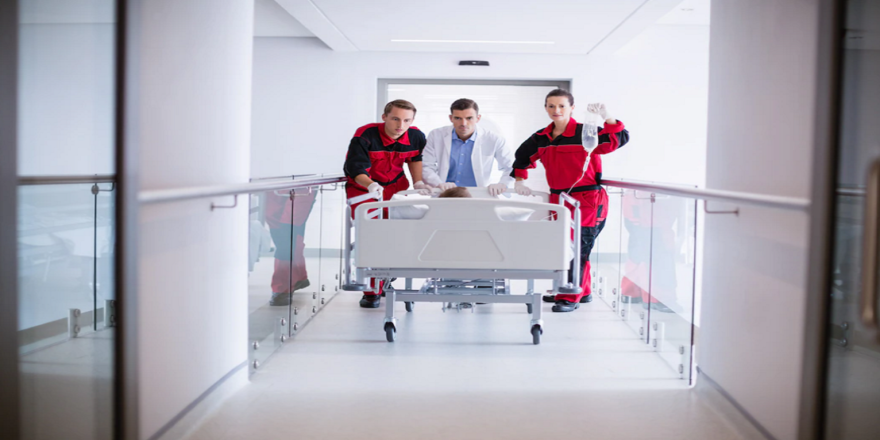To assist patients in coping with trauma and PTSD, doctors offer a variety of trauma therapy treatment alternatives. Some have been in use for many years, while others have only recently. Not everyone may benefit from these treatments. When dealing with traumatic experiences, they have, however, shown to be successful in the majority of patients.
PSYCHOTHERAPY
Psychotherapy, often known as talk therapy, allows the patient a chance to talk about their experience and move through the healing process. On a daily basis, doctors assist their patients in talking through the issues they are facing. To be able to share and be open, the doctor and patient must develop a trusting relationship.
THERAPY FOR CONSCIOUSNESS-BEHAVIOR
A type of behaviour treatment is cognitive-behavioral therapy. Doctors assist their patients in recognising actions and mindsets that have a negative impact on their lives. Then, patients try to change these unfavourable views into favourable ones. Patients frequently apply their new skills in daily life.
THERAPY FOR COGNITIVE PROCESSING
Similar to cognitive behavioural therapy (CBT), cognitive processing therapy teaches patients new, empowering techniques for resolving trauma-related emotions and beliefs.
DIALECTIC ACTIVITY THERAPY
Dialectical behaviour therapy tries to improve emotional regulation, just like other forms of trauma therapy. Suicidal thoughts have been successfully treated with this type of therapy. Numerous mental health conditions, including PTSD, have shown success with this approach. It aids in fostering new abilities to support people in changing unhealthy behaviours.
CONSCIOUSNESS-BEHAVIOR THERAPY
Cognitive-behavioral therapy is a sort of behaviour treatment. Doctors help their patients identify behaviours and viewpoints that negatively affect their life. Patients then attempt to transform these negative viewpoints into positive ones. Patients use their new skills regularly in daily life.
COGNITIVE PROCESSING THERAPY
Cognitive processing treatment (CPT), like cognitive behavioural therapy (CBT), gives patients fresh, empowering methods for overcoming trauma-related feelings and beliefs.
ASSOC. THERAPY
Because it demonstrates that patients are not alone in their challenges, group therapy is advantageous. Members of the group feel more at ease discussing their experiences and assisting others through the trauma since they are in a safe and encouraging environment.
BRAINSPOTTING
Trauma, unfavourable feelings, and pain—including physical pain—are all recognised by brainspotting therapy. Using a pointer, the therapist directs the patient’s eyes. People’s feelings can change depending on where they look. Doctors can find the sources of painful memories or unfavourable emotions by using brainspotting.




